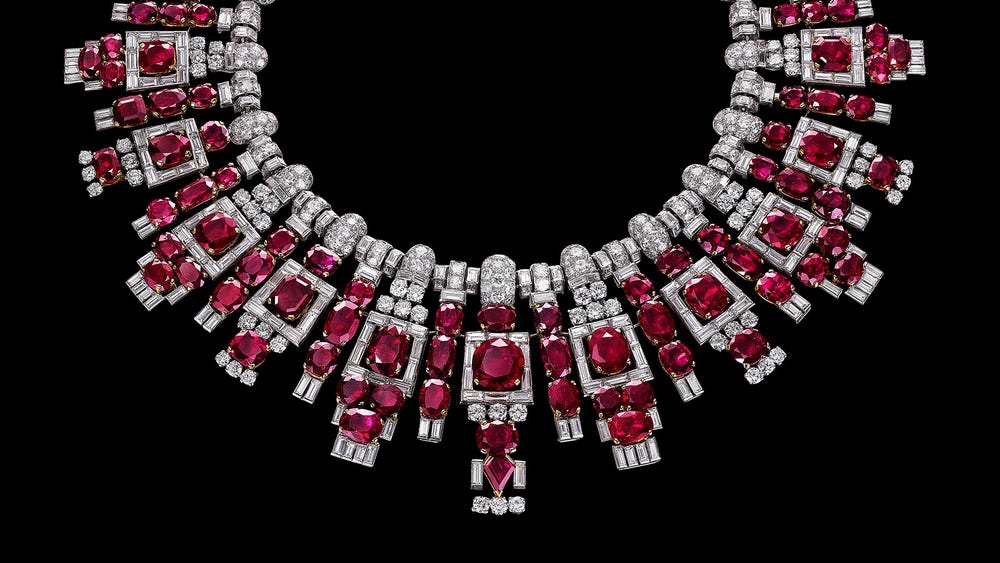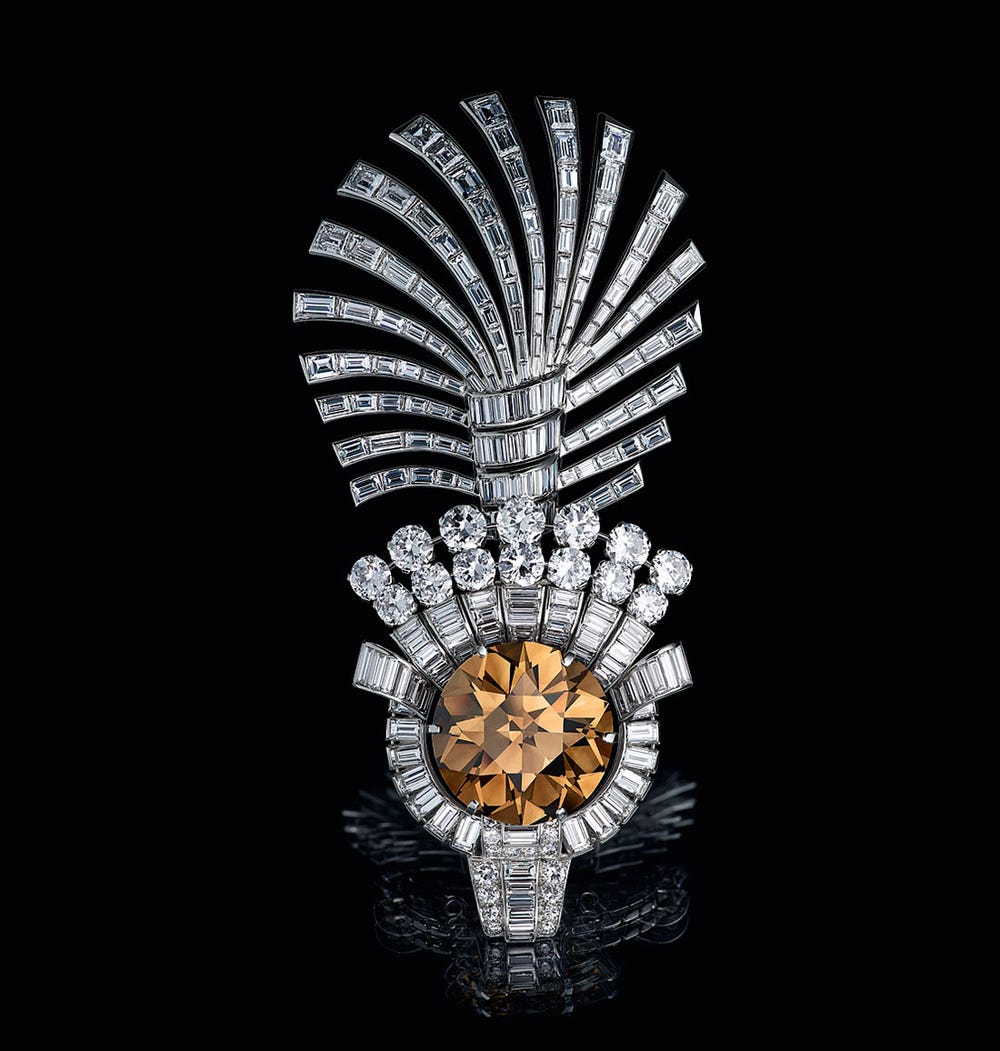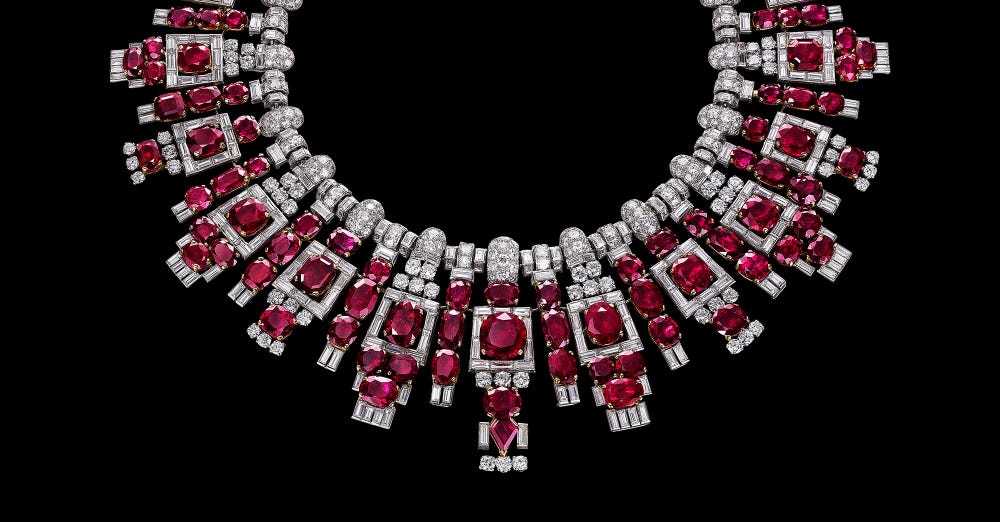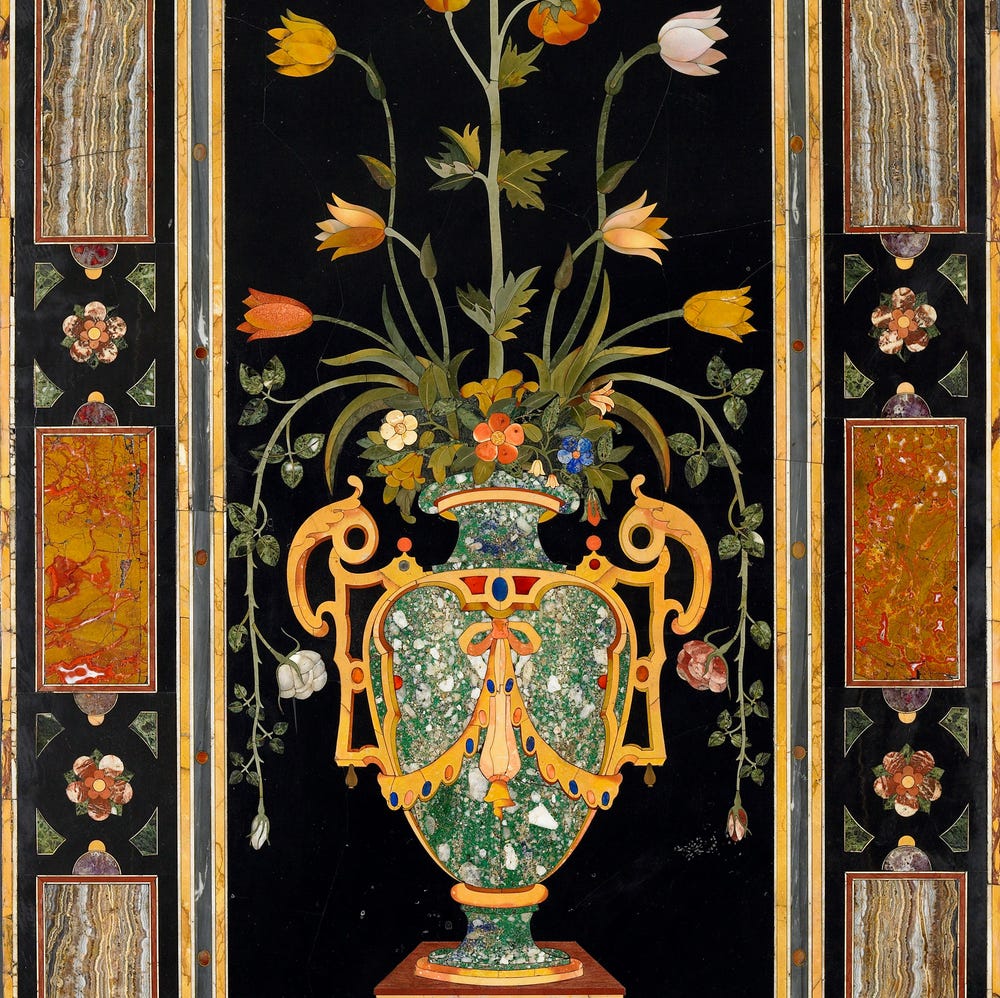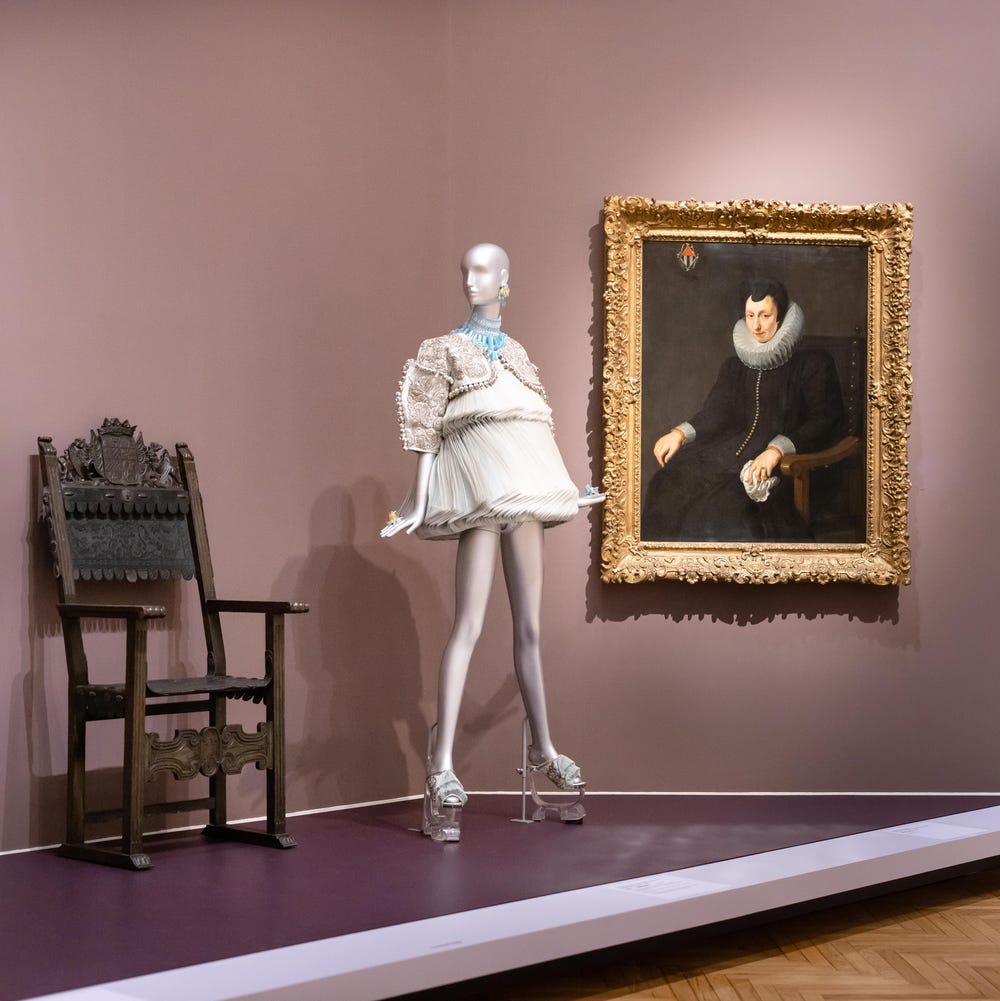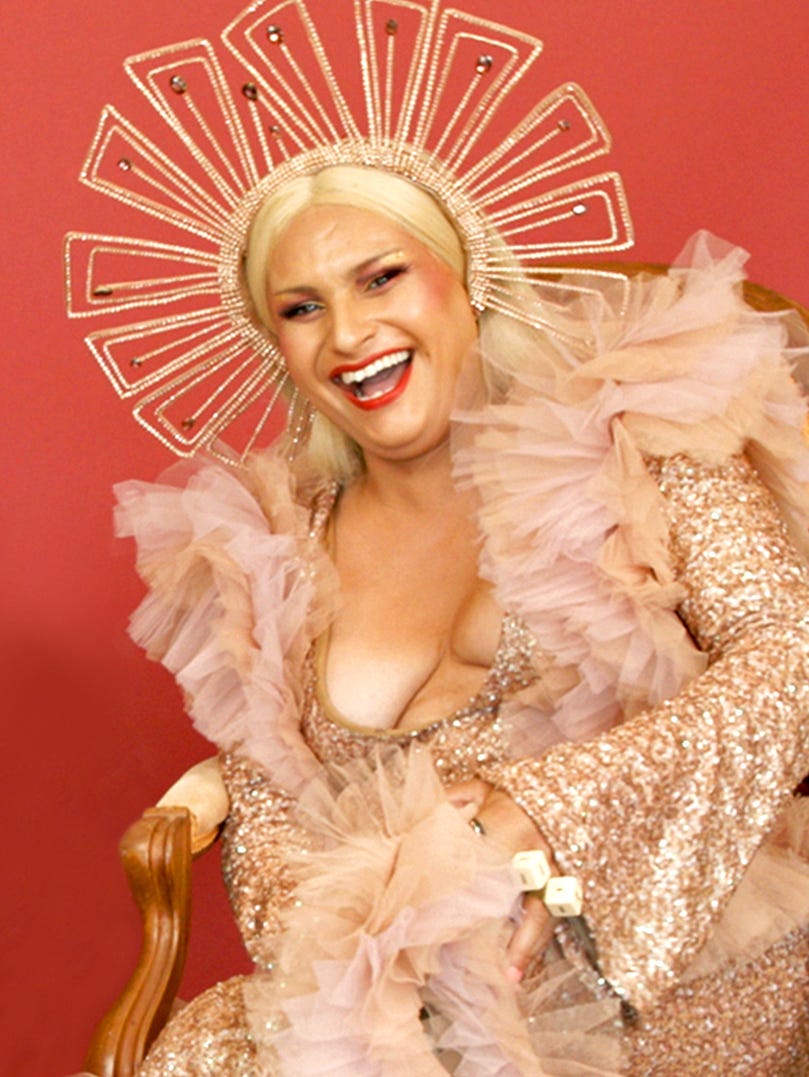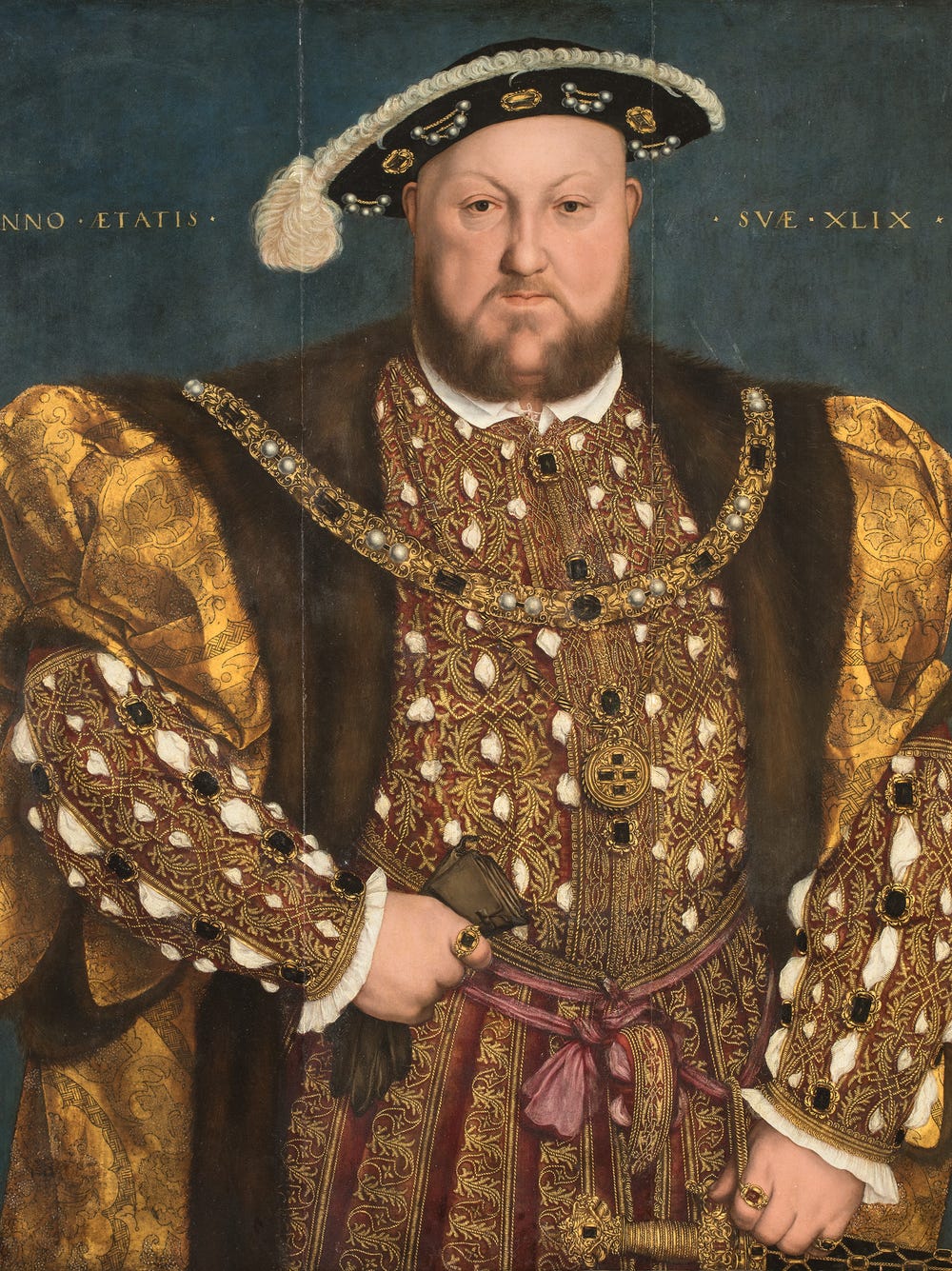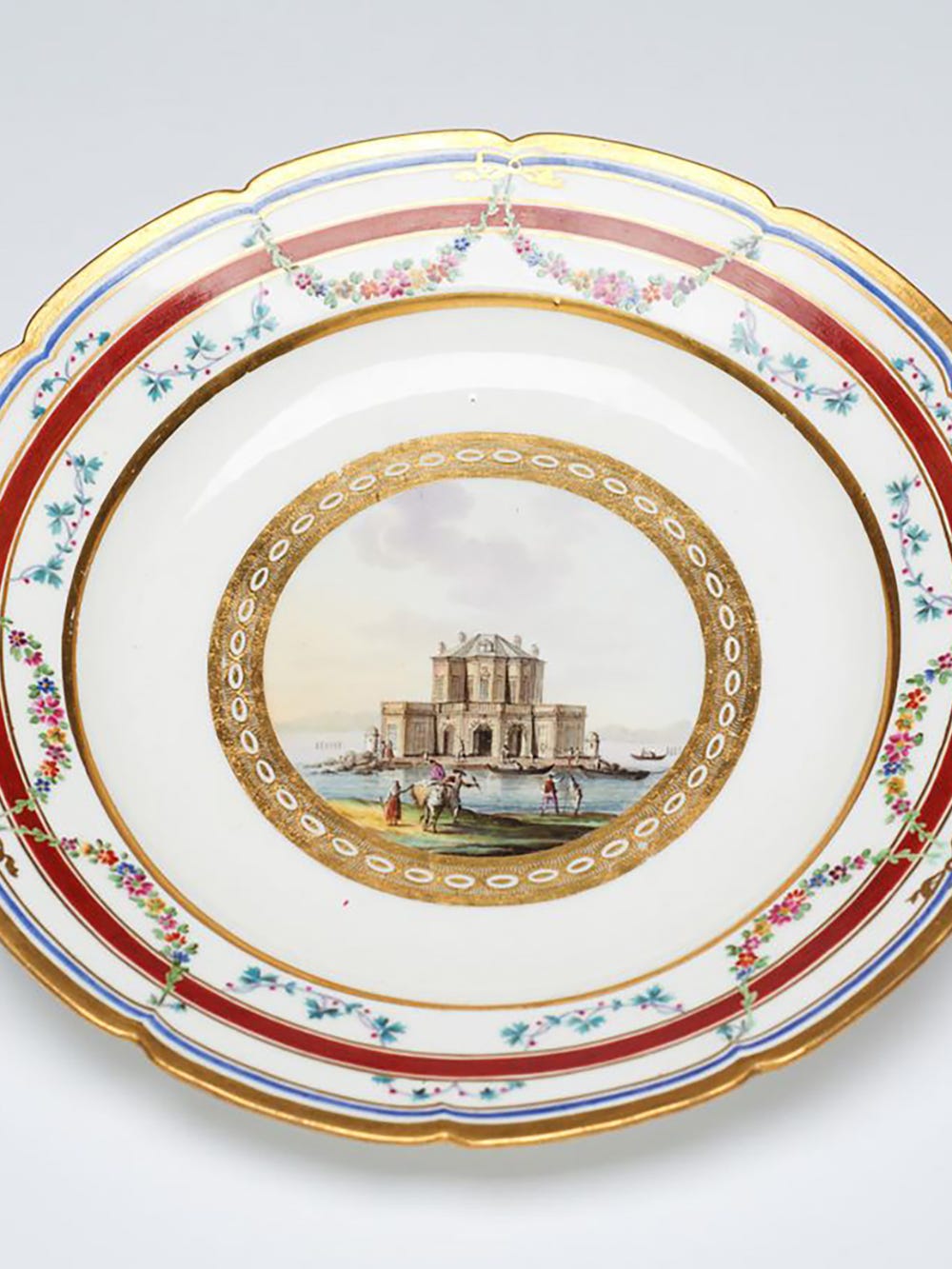East Meets West: Jewels of the Maharajas from The Al Thani Collection explores themes of influence and exchange between India and Europe through dazzling jewelry, carved jades, enameled gold and famous diamonds. The exhibition features more than 150 exquisite objects made in India or inspired by its traditions, ranging from the 16th century to the present. Of all the non-Western cultural styles—among them ancient Egyptian, Persian, Chinese, and Japanese—brought to bear on fine jewelry made by the major European houses in the twentieth century, that of India remained the most stalwart. This can be seen in the spectacular work of Cartier.
Jacques Cartier (1885–1942), who was eventually in charge of Cartier London, attended the Delhi Durbar in 1911, a huge event celebrating the coronation of King George V and Queen Mary, where he was impressed with the splendor of jewels adorning Indian royalty. Cartier’s London shop was positioned to attract maharajas, who often brought with them large numbers of diamonds and gemstones to be refashioned into new suites of jewelry during their visits to England.
Tiger’s Eye turban ornament, Cartier London, 1937. Platinum and diamonds, 5 x 2 3/8 in. (12.7 x 6 cm); Tiger’s Eye diamond, 61.5 carat, 1 x 11 1/6 in. (2.6 x 1.7 cm). © The Al Thani Collection. All rights reserved. Photograph by Prudence Cuming Associates Ltd.
Cartier London continued to cater to the maharajas in the following decades. The spectacular Tiger’s Eye diamond turban ornament of 1937 expanded on traditional Mughal prototypes to incorporate the prevailing hard-edged Art Deco style, featuring diamonds cut in rectangular baguettes and set in a highly stylized modernist form around a large brown diamond.
Nawanagar ruby necklace, Cartier London, 1937. Platinum, rubies, and diamonds, 8 1/16 x 7 11/16 in. (20.5 x 19.5 cm) as mounted. The Al Thani Collection, © Christie’s Images Ltd.
The equally opulent Nawanagar necklace of radiating rubies and diamonds is more Western in its design. Similar necklaces were made for women, including a version in sapphires for American Marjorie Merriweather Post. However, this particular ruby necklace was originally intended for a man, the Maharaja of Nawanagar. Ironically, it was later altered to be worn by a European woman and was worn by socialite Gloria Guinness at Truman Capote’s famous Black and White Ball in 1966.
Text adapted from the exhibition catalogue East Meets West: Jewels of the Maharajas from The Al Thani Collection (San Francisco: Fine Arts Museums of San Francisco; and Munich, London, New York: DelMonico Books • Prestel, 2018).
